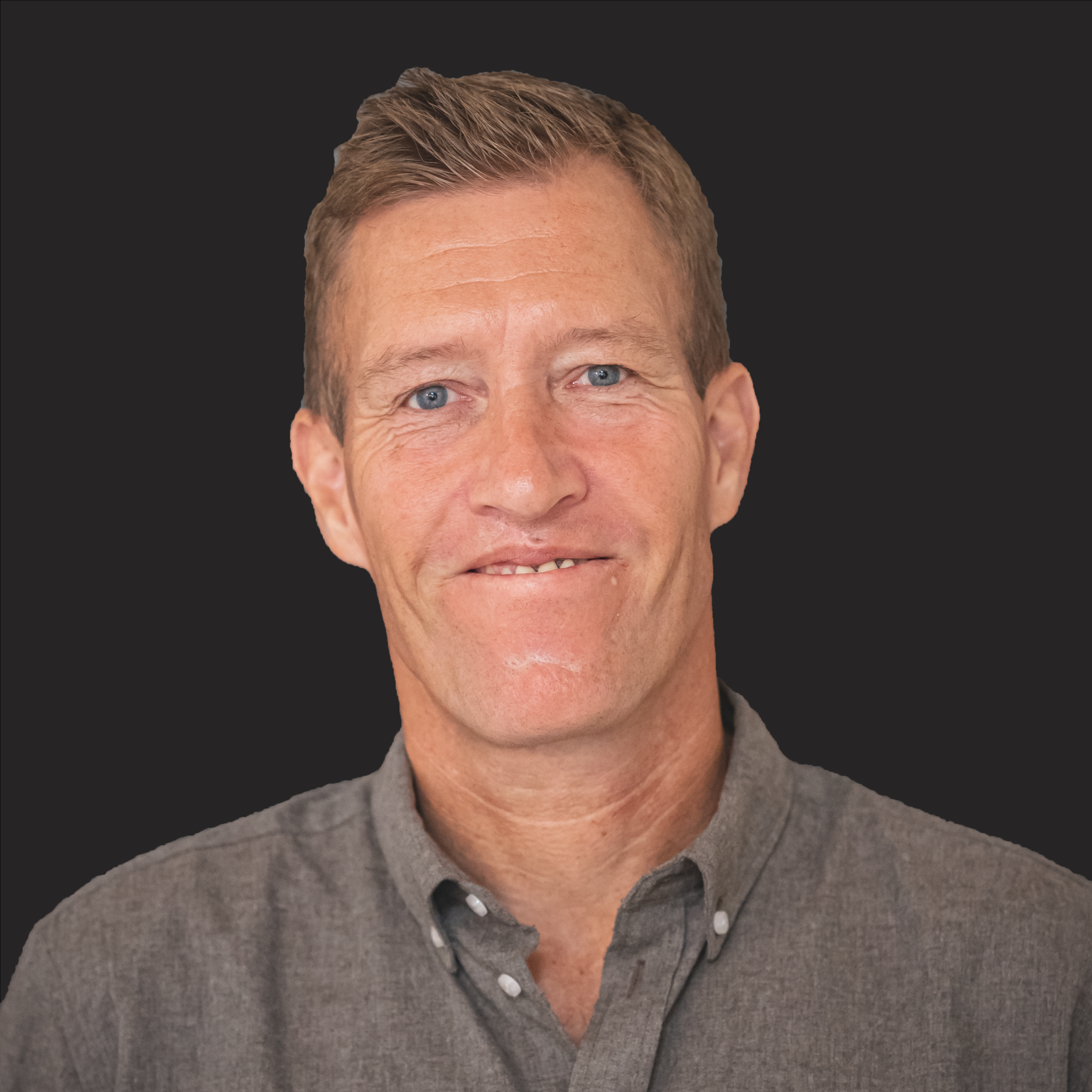
FAQ
Frequently asked questions
Below, we have gathered some of the questions costumers often ask us.
Does it ferment in the Biotank?
No. From the BioMaster the food waste goes into a BioTank where is goes into a hibernation state. A low pH and anaerobic conditions result in the biomass going into a hibernation without anything being added from the outside.
What is the goal for the Resource Strategy?
The service sector
Almost 4 times as much food waste from restaurants, grocery stores etc. is collected and utilized for biogas. Today, approximately 17% is collected. In 2018 the expected level is 60%. Recycling of paper, cardboard, glass, metal and plastic packaging from the service sector is increased by a fourth. Today, approximately 53% of it is recycled. In 2018 the expected level is 70%.
Refuse collection
Twice as much household waste will be recycled (food waste, paper, cardboard, glass, plastic, wood and metal). Today, 22% is recycled and the goal for 2022 is 50%.
Why must food waste be collected separately?
There are several reasons why the food waste from refuse collection must be collected separately and treated at especially biogas plants.
First of all, phosphorus and other nutrients are utilized, and the degassed material can be used for soil improvement and carbon sequestration (delayed CO2 emission). Secondly, the energy is converted into biogas which can be stored and has many uses, including heavy transportation. Third of all, a synergy effect can be achieved for manure because the food waste can be used in slurry based biogas plants and help improving the economy in these biogas plants.
Food waste from refuse collection contains phosphorus which is a necessary and irreplaceable nutrient for plants and animals. Food waste from refuse collection also contains other nutrients such as potassium, magnesium and calcium as well as carbon. When the food waste is taken to a waste incinerator instead of a biogas plant all these nutrients is wasted. (from the Danish Ressourceplan).
What happens if a fork goes into the shredder?
It is easy to remove cutlery from the waste shredder after which the system can be used again. In rare cases where the cutlery is stock we will come and help solve the problem.
Is it possible to get green signs with the system from Biotrans (Refood, Nej tak til madspild her mv.)?
Yes. The system from Biotrans does give you the opportunity to get alle these kinds of green signs while keeping existing ones. Contact us to hear more.






